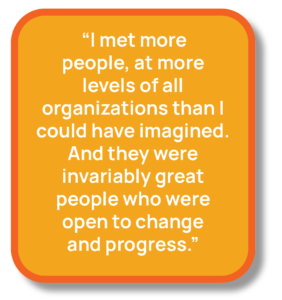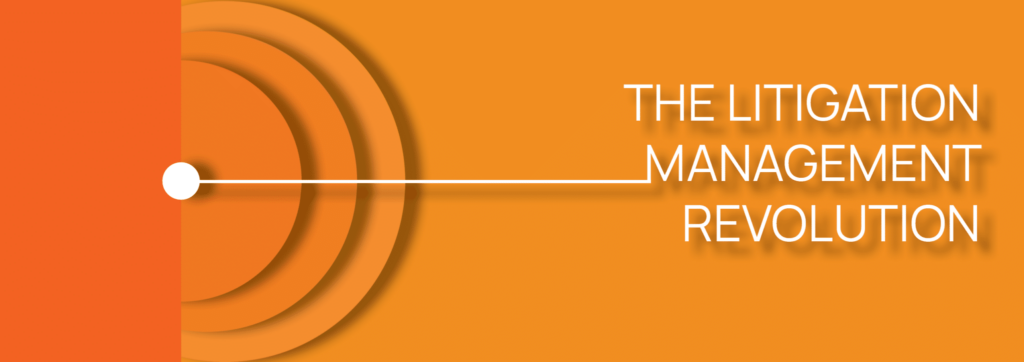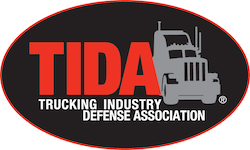by Christopher Curl, President & CEO, CEC Group
Everything evolves. In life, in business – even insurance and the legal industry.
Insurance: who remembers adjusters taking written witness statements, in-person investigations using company cars, Polaroid cameras (to photograph accident sites), accident locus investigations? Who remembers claims, sales, and underwriting files so voluminous it took hand carts to deliver them to users?
Insurance Defense Firms: who remembers lavish lunches and dinners, ball games, fishing trips, golf outings, ski trips, Christmas parties – all for insurance claims adjusters. All designed to influence referrals of litigated cases. Great days, great fun . . .
All these things are Gone with the Wind – just like the book says. Along with so many other practices and processes that better business controls and technology have solved.
For me, the litigation management journey began in 1986. Working for a major national insurance carrier I was appointed to a new position as Director of Litigation Management. I had been an adjuster, a Claims Supervisor, a claims adjuster trainer – and now I was being asked to change the dynamics of litigation expense control. The Home Office concluded we were spending too much on litigation defense – attorney fees, discovery costs, even allowing too many cases to reach litigation. The old “all for defense, not one cent for tribute” philosophy was worn out and it was negatively impacting underwriting profits. There was a time when adjusters received gold stars for denying claims. That was about to change as the insurance industry began the first major evolution I witnessed.
My job: travel 13 Midwestern states auditing attorney files, claims files, evaluating relationships and recommending best practices that would save money. I was visiting defense firms that had 30–40-year relationships and had delivered positive trial results time and again. I was visiting claims offices commanded by legendary leaders to determine what could be done better in controlling expenses. I had 7 years claims experience and was just young and dumb enough to think I could pull it off. When the Home Office wants something, you find a way to deliver.
I had great coaching and great leaders who counseled and supported me. We all realized things had to change: our litigation rates were through the roof – we were being sued at extraordinary rates. The percentage of claimants represented by attorneys was overwhelming (remember gold stars for denying claims?) and that increased the potential for litigation. And there were no means of holding defense attorneys accountable for their bills, we simply paid as they were invoiced. Very few adjusters knew how to challenge a defense attorney and very few would have had the nerve. In 1986 we viewed them as gods. They’d gone to law school after all.
Compound all of this with relationships which had developed sometimes over generations: the entertainment and friendships, the loyalty. Not a popular position to be in or try to solve.
Over a 40-year career however, I think it was one of my most satisfying assignments. I met more people, at more levels of all organizations than I could have imagined. And they were invariably great people who were open to change and progress.

That early evolution included Best Practices, many of which exist today:
- Strengthen immediate contact practices with claimants and look for early resolution. Minimize risk of attorney involvement. Deal directly with the claimant.
- Priority: Avoid Litigation – if a claimant has an attorney, find a way to resolve the case before suit is filed. No case gets better with age and no case gets less expensive in litigation.
- Firm but fair fee agreements with attorneys and hold them to it. Formalize agreements, stick with them, and monitor compliance – relentlessly.
- Understand discovery expenses and hold firms accountable.
- For firms that handle the bulk of a specific type of litigation effectively, do a Flat Fee agreement. Volume for guaranteed dollars. Great, steady income for firms.
- Develop data that measures a firm’s performance. We hit the financial metrics, but even today we don’t routinely measure case performance. That’s an opportunity.
- Relationships are essential – you must trust your defense counsel. But that does not mean regular, extravagant entertainment. I stopped a lot of that, and it was not popular with claims operations. A lunch here and there or a dinner to celebrate a great outcome, Ok. Ski Trips to Vail – NO. The firms embraced this ultimately. Better ROI for them.
- Resolve litigated cases early. We developed teams of experts to resolve high value litigated cases to stop the bleeding in loss and expense development. It’s a concept that survives today.
- Train adjusters how to review, evaluate and challenge legal expenses where warranted. That’s a tougher challenge, it still exists today and there are exceptionally good outside firms who do a great job with this.
Carrier staff legal operations evolved. While cost effective, it created conflicts with major corporate clients who didn’t trust the concept of cheaper, carrier-focused counsel. Still an issue today. Ultimately, my company developed a Central Bill Unit to review attorney charges – experts who really understood the costs. This practice evolved into several strong outside vendors who could deliver the same results at a fraction of the internal cost. That’s a story for another day.
The best relationships with defense firms survived those early days and exist even today. The insurance industry and TPAs have adapted and understand the continuing value of legal cost control. You still need the personal touch and great relationships with firms – that never changes. It is a business – a business that continues to evolve.








Exceptional summary of the evolution of the litigation management element of claims resolution. My take away is, change is the constant, and in this instance, clearly is to the advantage of the industry in general. Perks associated with the old way of doing business were not healthy for sound, unencumbered decisions driving costs associated with litigation management.
Your perspective on this topic is right on the money. I have enjoyed working with you throughout the years and your insight has always been beneficial. Litigation management is ever evolving and data analytics are, and will continue to be, in the forefront of everything we do. Early claim resolution is key. Also, building relationships is instrumental to long term success. Fair fee agreements are crucial in that regard – fair for both sides. Legal cost controls are important but the saying you get what you pay for holds true.
I am looking forward to your nest post on this topic.
No one knows this business better than you Dave, so this comment means an awful lot.
Thanks for sharing your perspective. I agree that the industry is in a continuous state of change and many of the “old ways” are no longer in practice. However, partner relationships are still critical with the limited resources most companies have. We no longer audit compliance but have moved to ‘trust and validate’. A relationship of mutual understanding is more productive and more rewarding.